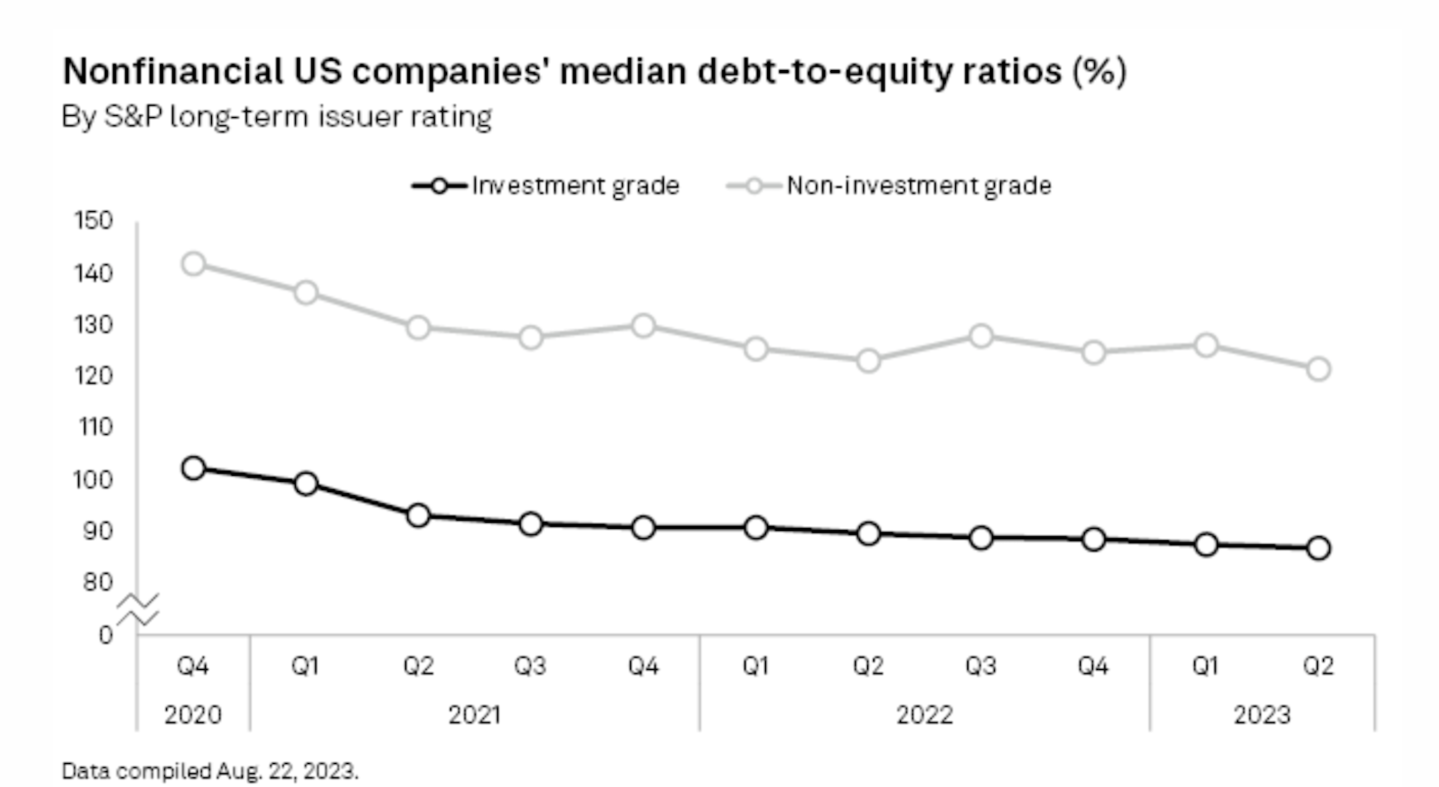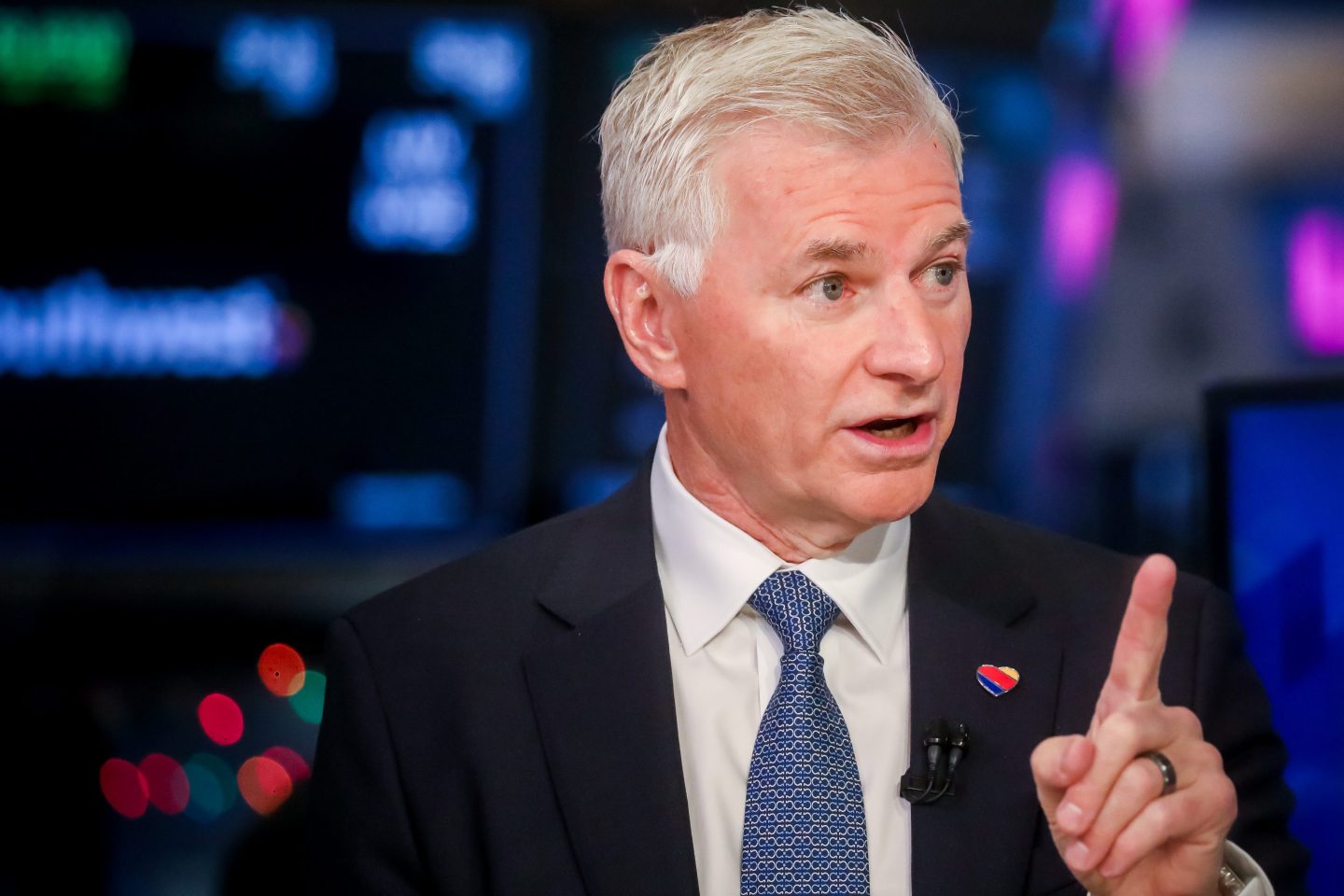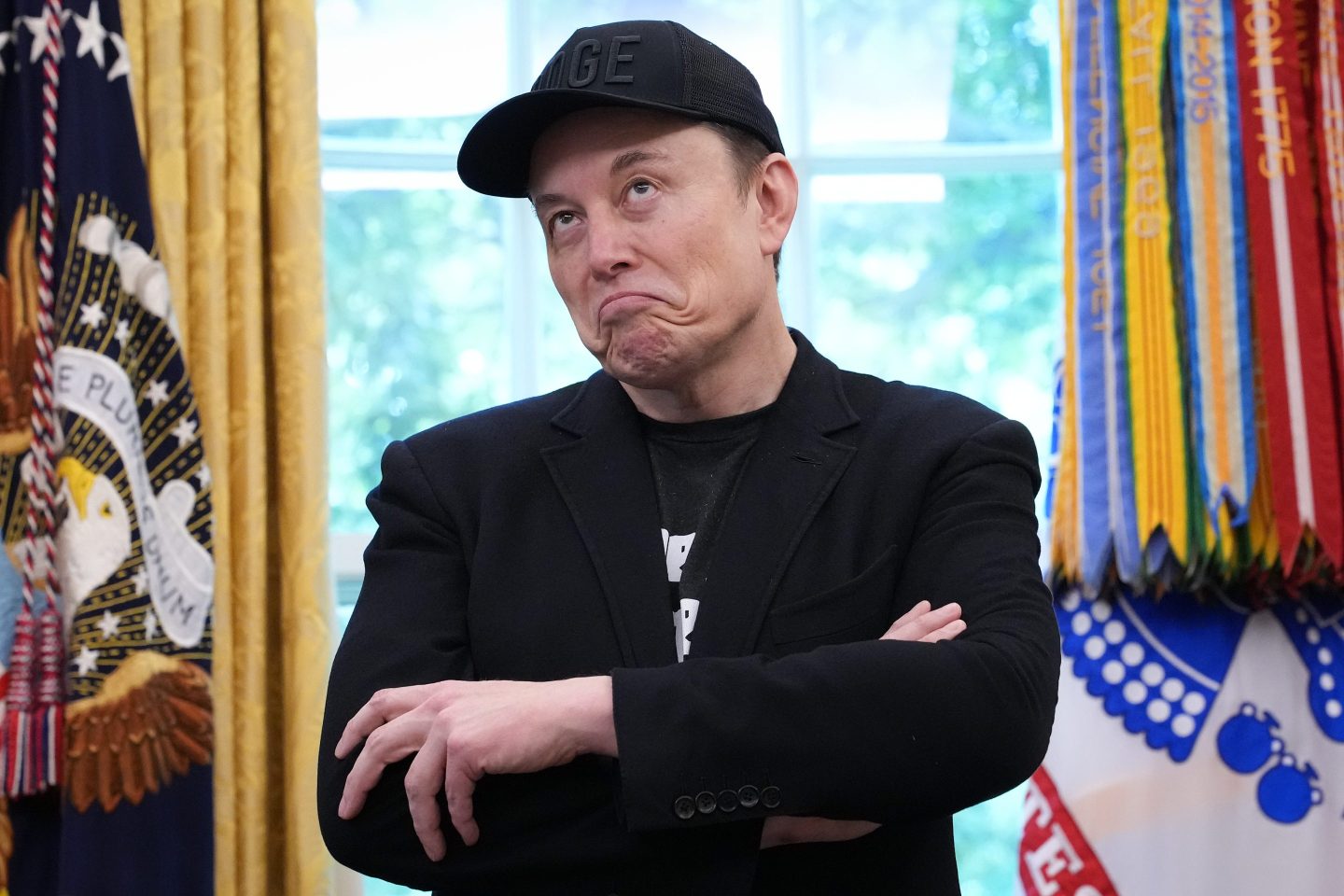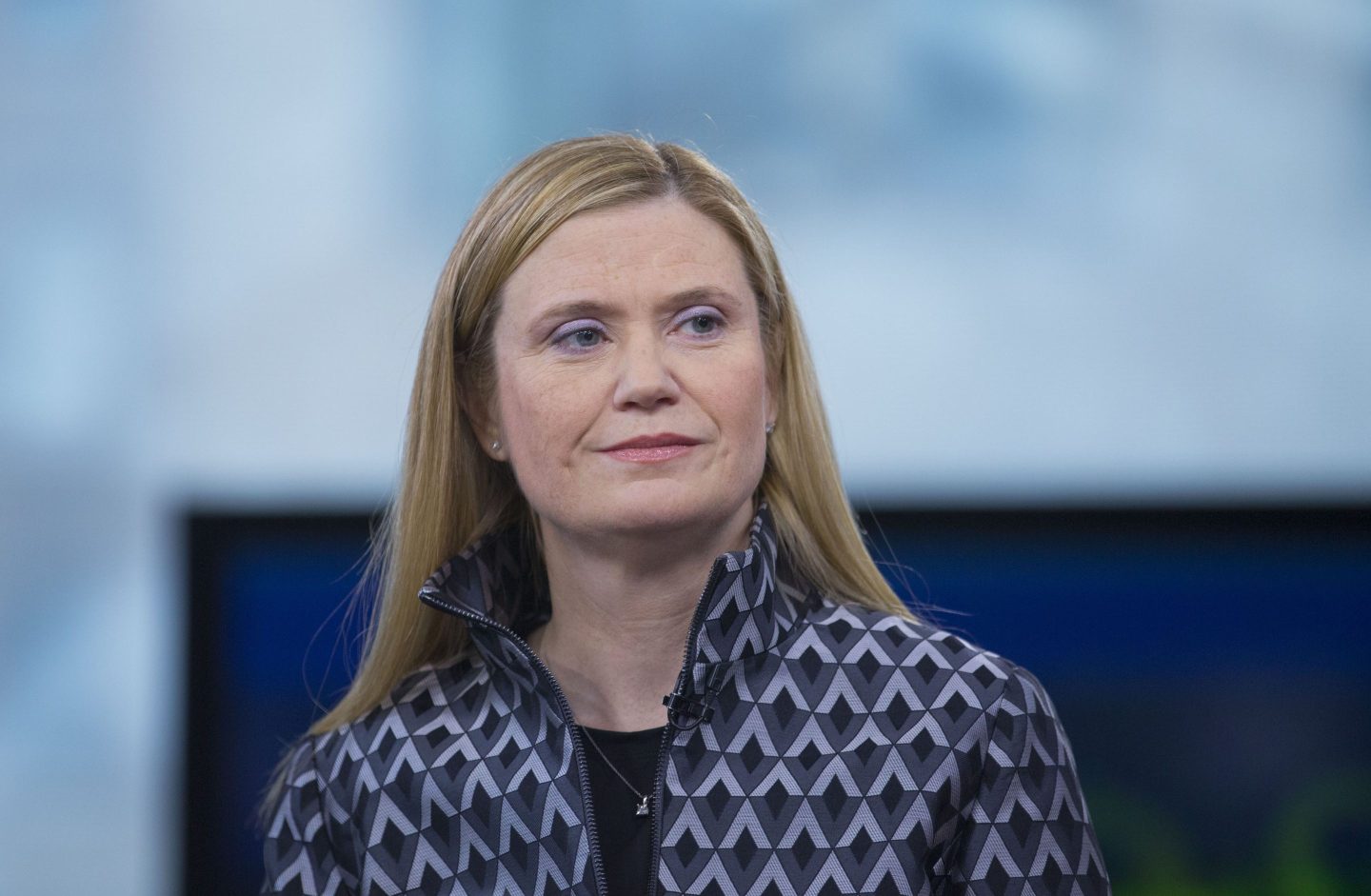Good morning.
It’s been about nine months since OpenAI released ChatGPT and opened the world of generative A.I. to basically everyone. What began as apprehension for many companies—some even banning employees from using the technology—has turned into figuring out use cases to implement it.
CFOs understand how generative A.I. is changing business. And companies are preparing to spend big. I had a conversation with Michael Schrage, a research fellow at the MIT Sloan School Initiative on the Digital Economy, who says increased spending signifies companies are understanding that the technology matters.
However, “The issue isn’t ‘What should we spend?'” he says. “It’s ‘What do we want our returns to be?’” In his current work, Schrage is looking at how generative A.I. does, or does not, measurably contribute to key performance indicators and outcomes.
Use case scalability, the user journey, and risk-adjusted return must be high on the priority queue, he argues. For example, if someone says their generative A.I. spend has shot up from $500,000 to almost $3 million because of its “unique power and potential,” the appropriate response would be “What’s your risk-adjusted expectations for returns in cost savings, speed to market, or top-line growth?” he says.
“If you truly understand and structure your use cases for generative A.I. correctly, there’s much less risk associated with the investment,” Schrage says. Large language models are great at generating scenarios that let you calculate and calibrate the performance measures that matter, he argues. For example, “If you’re trying to reduce the average length of a call or contact from two minutes to one minute, that’s doable,” Schrage says.
When thinking of KPIs, a question to keep in mind is: “How do we want to gauge/measure the returns?” Schrage says. “If I’m the CFO, do I defer to the ROI metric that IT or the call center leaders want? Or, do I have something to say about how they should really measure returns?”
Instead, a CFO might say, “Here’s the metric that we’re going to collaboratively design and agree upon to assure that you’re getting adequate returns,” Schrage says.
Now, in terms of capital allocation, CFOs should be thinking: “What do I get for my investment in generative A.I. versus better analytics versus robotic process automation,” Schrage says. He notes that economists are always supposed to ask, “Compared to what?”
Best practices regarding generative A.I. will continue to evolve, according to Schrage.
“The only thing we can say for sure is that whatever the situation is in September 2023, is going to look different in January 2024,” he says. And he’s also sure that generative A.I. KPIs will be a collaborative effort, with CFOs talking more with CTOs, CIOs, and other C-suite members, he says.
Sheryl Estrada
sheryl.estrada@fortune.com
Leaderboard
Henk Derksen has resigned as CFO at Viavi Solutions Inc. (Nasdaq: VIAV), a provider of network test, monitoring, and assurance solutions, effective Aug. 25. Derksen plans to return to Europe to pursue a new opportunity. His resignation is not the result of any dispute or disagreement with the company on any matter relating to operations, policies, or practices, according to Viavi. Derksen plans to depart the company on Sept. 30. Pam Avent, currently Viavi's global controller, will serve as its interim CFO, effective Oct. 1.
Glenn Nunziata was named EVP and CFO at Enviva Inc. (NYSE: EVA), a producer of sustainably sourced woody biomass, effective immediately. Nunziata brings more than 20 years of strong leadership experience. Most recently, he served as the CFO of Smithfield Foods Inc., which owns and operates processing facilities across the U.S. Before that, he held various positions of increasing responsibility at EY, most recently as a partner in assurance services.
Have an upcoming CFO move you'd like to be considered for an exclusive in CFO Daily? Send me an email.
Big deal
New data from S&P Global Market Intelligence finds U.S. companies deleveraged further in the second quarter of 2023, with a noticeable acceleration by those that have lower credit ratings, according to the report.
The median debt-to-equity ratio of investment-grade companies decreased to 86.9% in the second quarter from 87.6% in the first quarter. (The ratio is used to evaluate a company’s financial leverage and is calculated by dividing a company’s total liabilities by its shareholder equity.)
The analysis is based on operating U.S. public companies with S&P Global Ratings long-term credit ratings.

Going deeper
"Why Stock Valuation Hinges More on Returns Than Future Earnings," a new article in Wharton's business journal, discusses research that argues, in the long run, returns on investment drive the price-earnings ratios that determine the stock valuations of firms more than profitability does.
Overheard
“Risk comes from not knowing what you are doing. Never invest in a business you cannot understand.”
—Investing legend Warren Buffett, chairman and CEO of Berkshire Hathaway. Buffett turned 93 on August 30 and Fortune has rounded up his sagest wisdom and quotes from over the years.
This is the web version of CFO Daily, a newsletter on the trends and individuals shaping corporate finance. Sign up to get CFO Daily delivered free to your inbox.













